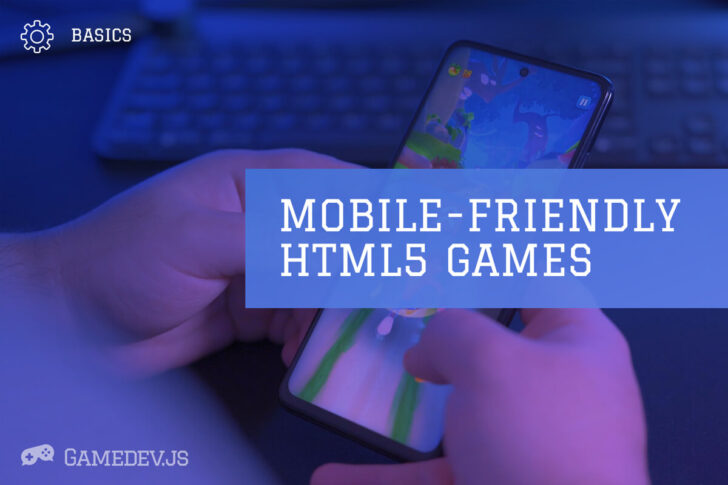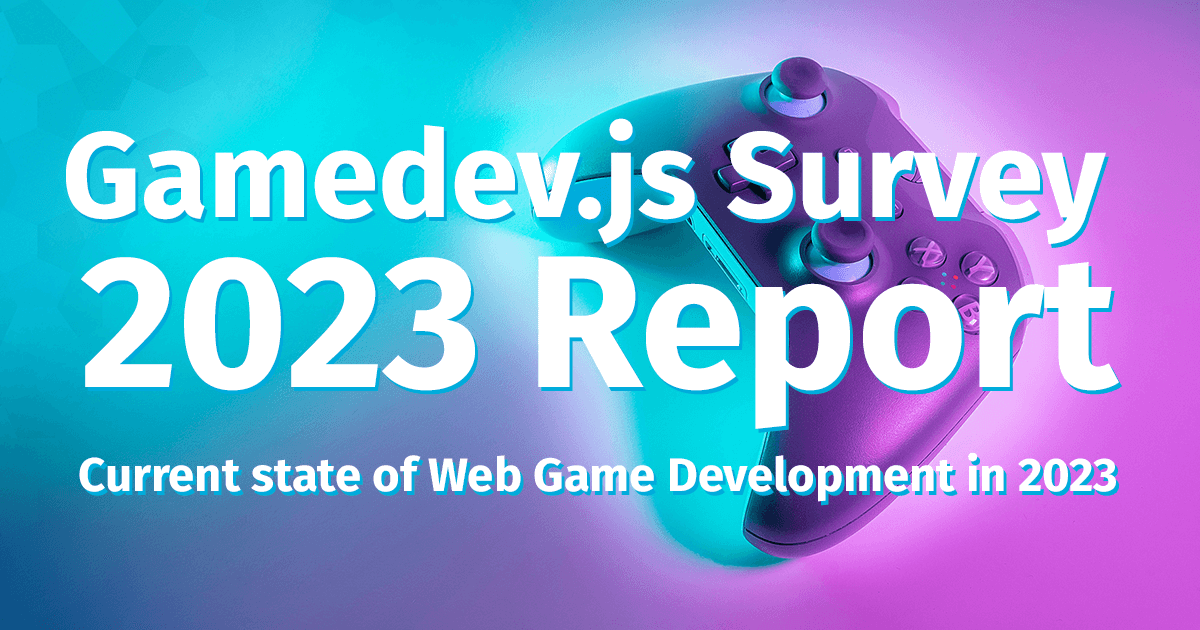
Building a mobile-friendly game with HTML5 and responsive design can be a challenging task. However, by following a set of best practices, it is possible to create a game that is optimized for mobile devices and provides a great user experience. Here are the top 10 best practices for building a mobile-friendly game with HTML5 and responsive design:
- Use a responsive layout: Use CSS media queries to create a responsive layout that adapts to the different screen sizes of mobile devices. This will ensure that the game looks and works well on different devices.
- Optimize the game’s performance: Optimize the game’s performance by reducing the number of elements on the screen, minimizing the use of animations, and compressing images. This will help to ensure that the game runs smoothly on mobile devices.
- Use touch events instead of mouse events: Mobile devices use touch screens instead of mouse pointers, so it’s important to use touch events instead of mouse events. For example, use the touchstart and touchend events instead of the click event.
- Use a virtual joystick: A virtual joystick can be used to control the game character on mobile devices. This will help to ensure that the game is easy to play and provides a great user experience.
- Use device-specific features: Use device-specific features such as the accelerometer and gyroscope to create unique and interactive experiences. For example, you can use the accelerometer to control the game character based on the device’s tilt.
- Use a mobile-friendly font: Use a mobile-friendly font that is easy to read on small screens.
- Use large buttons and icons: Use large buttons and icons that are easy to tap on small screens.
- Keep the game simple: Keep the game simple and easy to understand to ensure that it is easy to play on mobile devices.
- Test the game on different devices: Test the game on different mobile devices to ensure that it works well and looks great on all of them.
Building a mobile-friendly game with HTML5 and responsive design requires careful consideration of the user experience and performance. By using a responsive layout, optimizing performance, using touch events instead of mouse events, a virtual joystick, device-specific features, a mobile-friendly font, large buttons and icons, keeping the game simple, and testing the game on different devices, you can create a game that works well and provides a great user experience on mobile devices.









